The Bog Bodies
31 Days of Halloween: On Atlas Obscura this month, we’re celebrating Halloween each day with woeful, wondrous, and wickedly macabre tales all linked to a real locale that you can visit, if you dare.
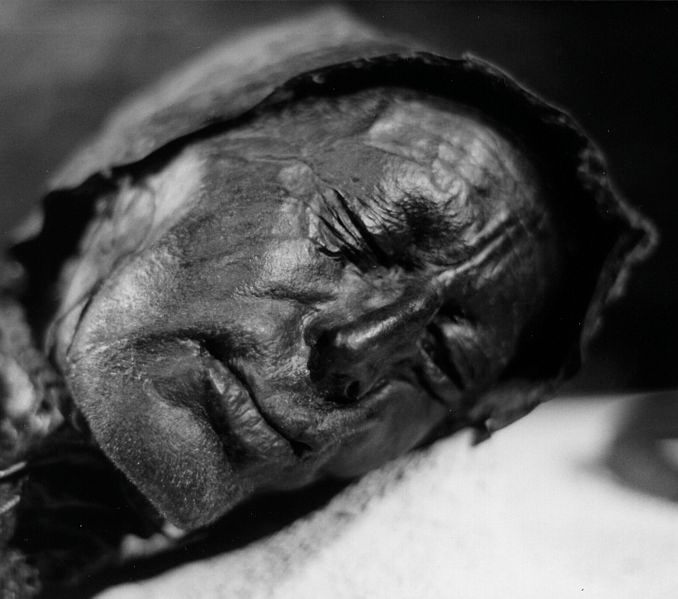
Tollund Man (photograph by Sven Rosborn/Wikimedia)
Want to have the future look upon your face? Your best bet is to be buried in a bog. Bog bodies as they are known have been found dating back to 9000 BCE and to as recent as World War II, sharing in common a strangely intact blackened skin where features are still visible, as if a person had fallen asleep and turned to stone.
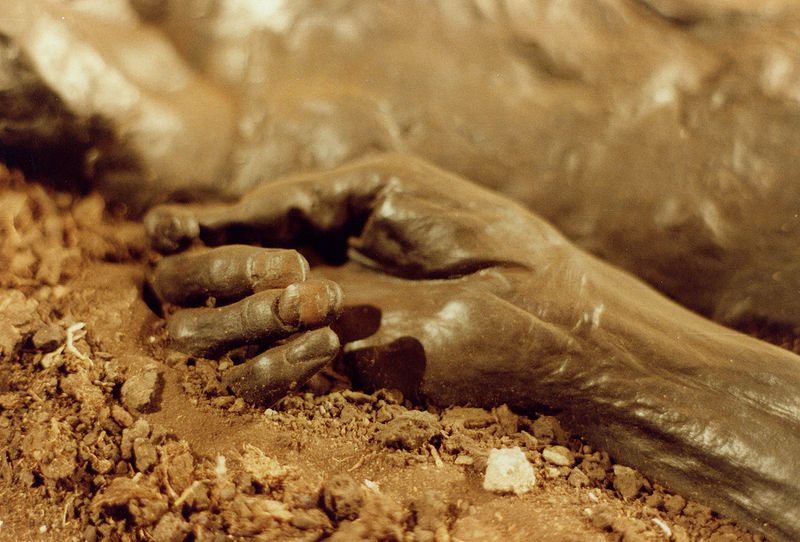 Grauballe Man (photograph by Sven Rosborn/Wikimedia)
Grauballe Man (photograph by Sven Rosborn/Wikimedia)

The natural preservation is due to the unique chemistry of peat bogs, where cool temperatures, little oxygen, and water with high acidity creates an unusual preservation where the skin remains while the bones disintegrate, resulting in sorts of husks of people where it seems their skeletons have just suddenly slipped out to roam on their own. The bodies — the majority of which date to the Iron Age and have been found around Northern Europe — also often share something else: a hideously violent death. The killing of people and tossing them into bogs was common enough to have these faces of the past regularly emerging into our modern era, with signs of strangulation, stabbing, and bludgeoning visible on their mummified skin.
Below are a few of these bog bodies. But just a warning for the squeamish, while they’re well-preserved, they aren’t exactly beautiful, with one so horrifying it made the people who found it think they’d just looked on the face of the devil.
LANDESMUSEUM BOG BODIES
Schleswig-Holstein, Germany
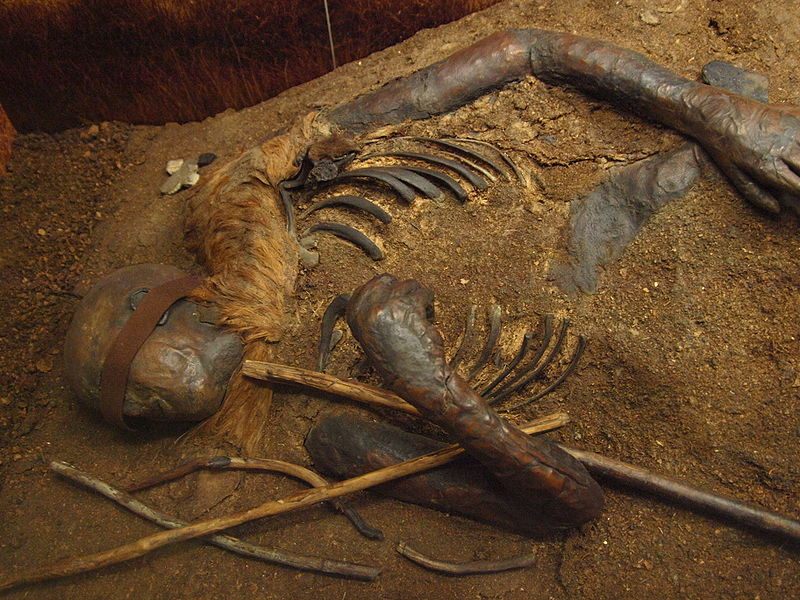 Windeby I bog body at the Landemuseum (photograph by Bullenwächter/Wikimedia)
Windeby I bog body at the Landemuseum (photograph by Bullenwächter/Wikimedia)
Landemuseum Bog Bodies: With five in all, they include one strangled with a hazel branch, another whose head may have been used in a sacrifice, and one that is believed to have been staked for fear he might become a wiedergänger, or zombie, after his death.
TOLLUND MAN
Silkeborg, Denmark
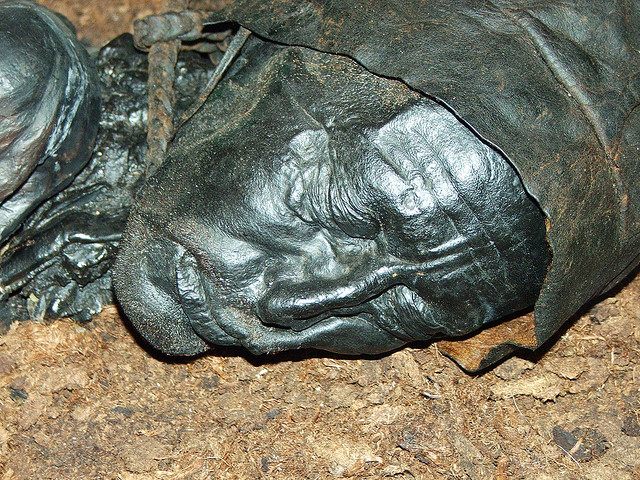
(photograph by Erik Meuser)
Tollund Man: Believed to have died over 2,300 years ago in a hanging thought to be a ritual sacrifice. The rope remains around his neck.
GRAUBALLE MAN
Hojbjerg, Denmark
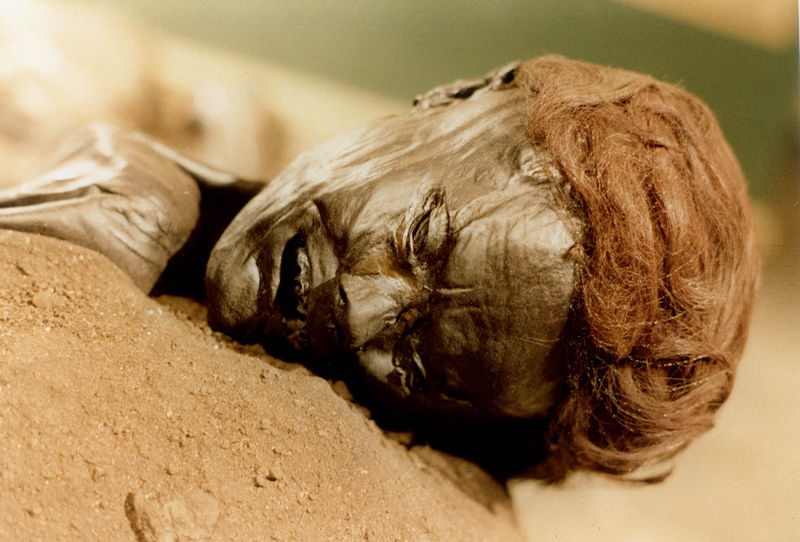 (photograph by Sven Rosborn/Wikimedia)
(photograph by Sven Rosborn/Wikimedia)
Grauballe Man: This unfortunate man is believed to have died sometime around the 3rd century BCE from his throat being cut in a ritualistic sacrifice.
LINDOW MAN
London, England
 (photograph by Mike Peel/Wikimedia)
(photograph by Mike Peel/Wikimedia)
Lindow Man: Believed to have died sometime between 2 BCE and 199 AD, he was killed with two blows to the head, likely from an axe, and a blow to the back, after which a cord was tied around his neck, and his throat was slit before being tossed face down in the bog. Some speculate it was a ritual killing by Druids.
YDE GIRL
Assen, Netherlands
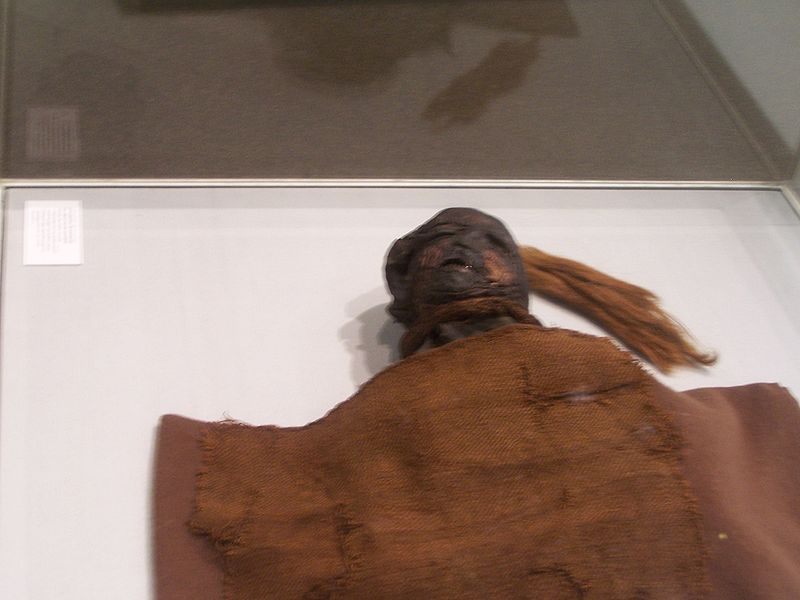 (photograph by Elgaard/Wikimedia)
(photograph by Elgaard/Wikimedia)
Yde Girl: Believed to have died in the first century CE, when her body was found with its fiery red hair, the peatcutters fled convinced they had seen the devil.
HARALDSKÆR WOMAN
Vejle, Denmark
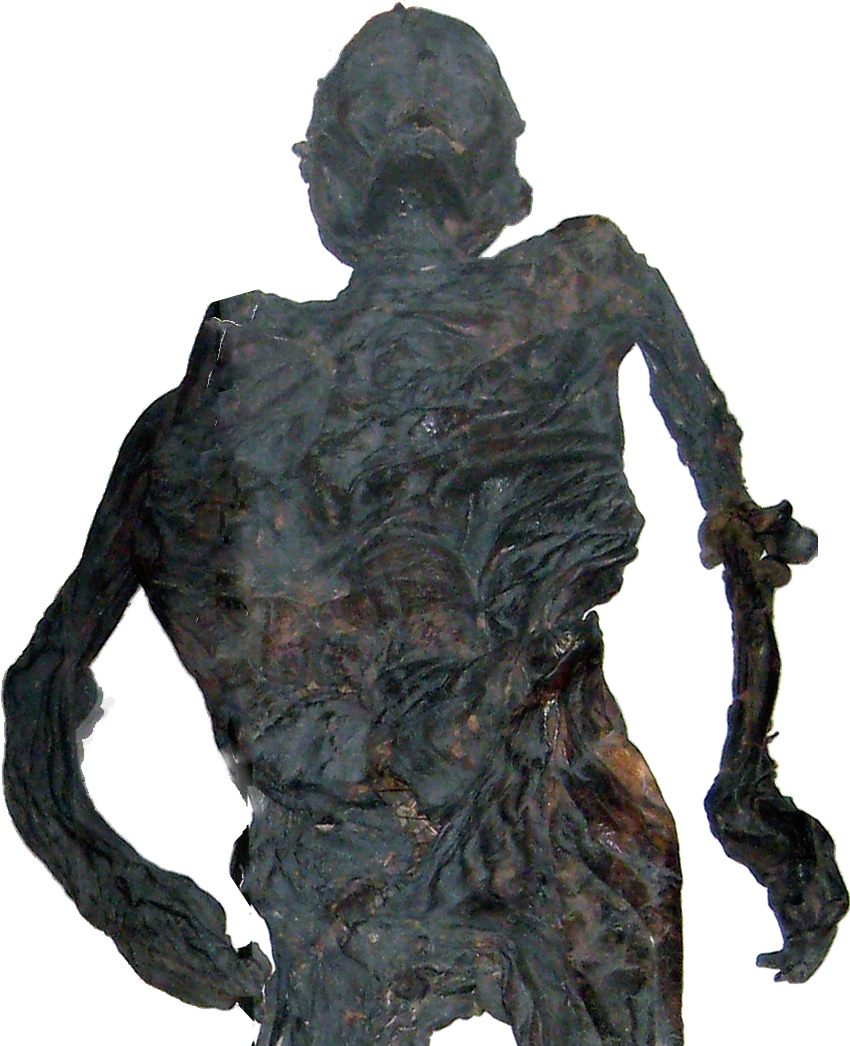 (photograph by McLeod/Wikimedia)
(photograph by McLeod/Wikimedia)
Haraldskaer Woman: Believed to have died in 490 BCE, she is now on display in a glass-top coffin in a church in Denmark.
Click here for more of our 31 Days of Halloween, where each day we’re celebrating the strange-but-true unsettling corners of the world.



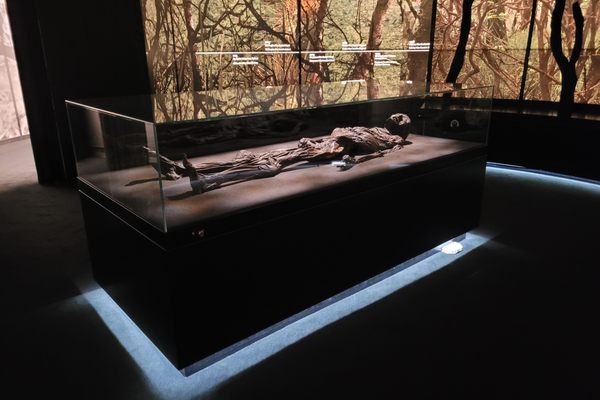







Follow us on Twitter to get the latest on the world's hidden wonders.
Like us on Facebook to get the latest on the world's hidden wonders.
Follow us on Twitter Like us on Facebook